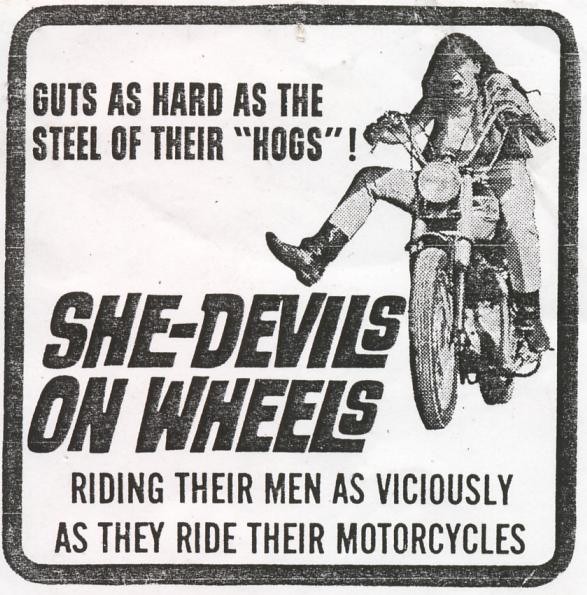Automotive and film technology came of age at roughly the same time, and cars have always been a particular source of fascination for filmmakers. When the first drive-in movie theater opened in New Jersey in 1933, it was the beginning of a potent and inevitable synergy between two of America’s favorite cultural forces. Movies sold the dream of freedom, and cars became the most prominent and expensive symbols of that freedom. People would pay to sit in their cars and watch movies about cars.
The theme of the next edition of the popular Time Warp Drive-In series (running the last Saturday of each month through October) is Hell On Wheels, which gave the organizers, filmmaker Mike McCarthy and Black Lodge Video proprietor Matthew Martin, plenty of choices for programming.
The night will kick off with George Lucas’ American Graffiti. The film was Lucas’ first big hit, made after the studio-destroying dystopian sci-fi film THX 1138 had all but ended his career. Few films can claim the deep cultural impact of Lucas’ Star Wars, but American Graffiti comes close. Its meandering, multi-character story structure bears a resemblance to Robert Altman or Richard Linklater’s work but is utterly unlike the Hero’s Journey plots that would come to be associated with Lucas’ later work. Still, Lucas’ techno-fetishism is on full display with the loving beauty shots of classic autos designed in the days before wind tunnels and ubiquitous seat belts.
Even though the film was set in 1962, the chronicle of aimless youth cruising around a sleepy California town kicked off a wave of nostalgia for all things 1950s. The pre-British Invasion rock-and-roll and doo-wop soundtrack became one of the best selling film soundtracks in history, and Ron Howard — who, as Opie on The Andy Griffith Show, was himself a bit of TV nostalgia — and Cindy Williams would ride the popularity of American Graffiti into starring roles on Happy Days and its spinoff, Laverene & Shirley. It also marked the big break of a struggling actor and part-time carpenter named Harrison Ford.
The second Hell on Wheels film, Two-Lane Blacktop, is a classic hot rod movie from 1971 starring James Taylor (yes, that James Taylor) and Beach Boys drummer Dennis Wilson. If American Graffiti manifested America’s longing for a simpler time before the social upheaval of the 1960s, Two-Lane Blacktop was one of the counterculture’s dying gasps. It’s an Easy Rider-like plot with muscle cars: Two nameless street racers heading east from California challenge a square (Warren Oates) to a cross-country race to Washington, D.C. The dialog is sparse and the performances fairly flat, but the real point of Two-Lane Blacktop is the wide-open vistas of a now-vanished America.
The third film of the night, 1968’s Bullitt, is similarly light on dialog, but it is the opposite of counterculture. Steve McQueen at his sexiest plays a homicide cop trying to solve the murder of a mob informant. McQueen’s Frank Bullitt is the prototype of the “playing by his own rules” cop that would become so familiar in later films, but the movie’s real significance lies in the epic car chase that sees McQueen driving an iconic 1968 fastback Mustang through the streets of San Francisco set to Lalo Schifrin’s swinging jazz score. The oft-imitated but never equaled scene is worth the price of admission for the entire evening.
The program closes with Robert Mitchum playing a Tennessee bootlegger in1953’s legendary Thunder Road. Mitchum co-wrote the screenplay and produced the movie, which tells the story of a Korean War vet’s turbulent return to the violent world of moonshiners and flophouses. The noir-inflected film served as the template for dozens of hot rod exploitation stories, taught greasers to emulate Mitchum’s laconic cool, and even inspired Bruce Springsteen to write a song about it. It’s a fitting capper to a night of burning rubber and tail fins.
